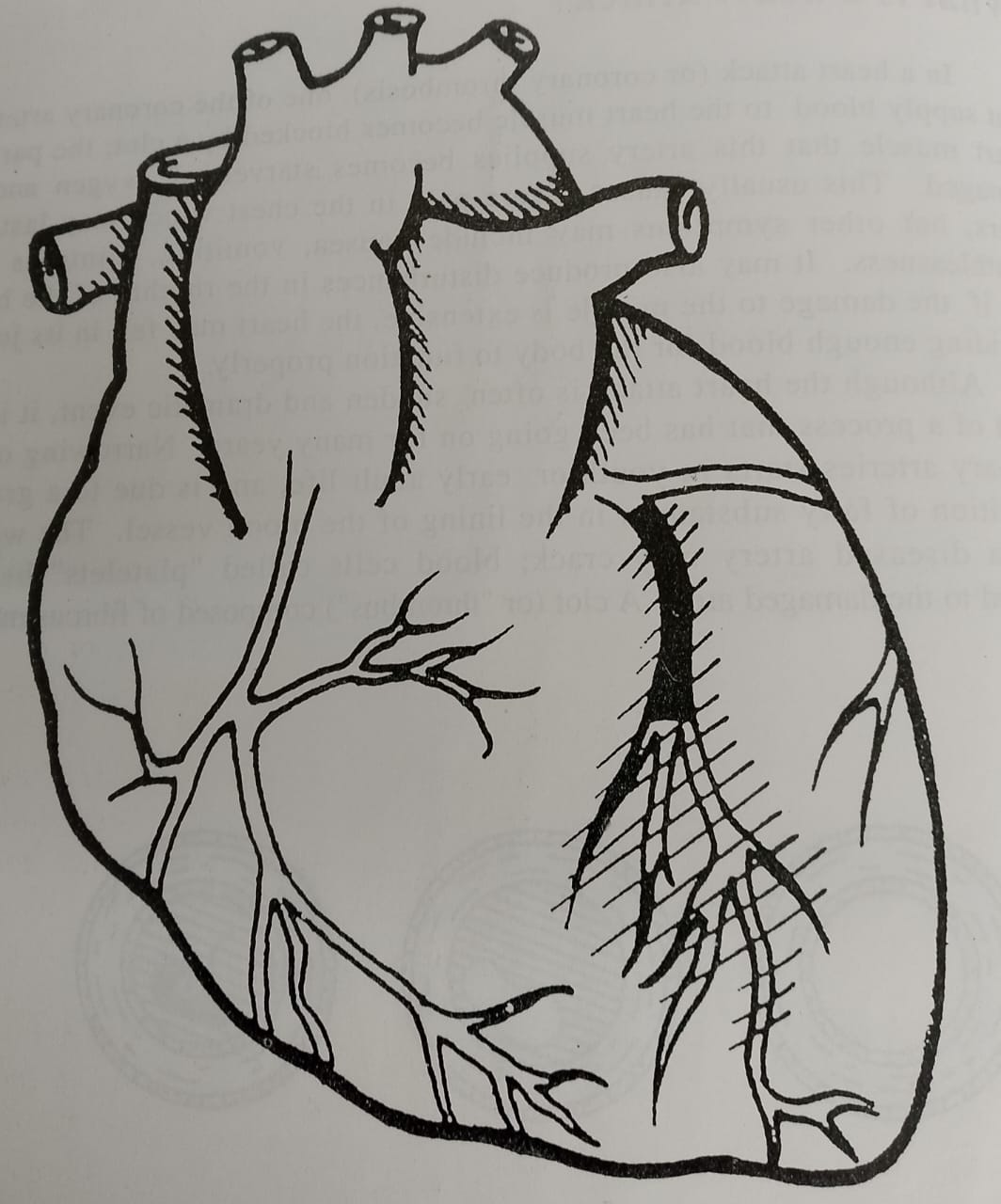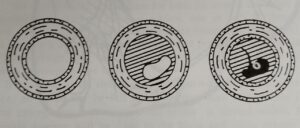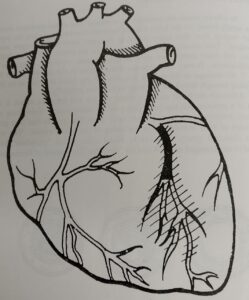What is a heart attack?
In a heart attack (or coronary thrombosis), one of the coronary arteries that supply blood to the heart muscle becomes blocked by a clot and the part of the heart muscle that this artery supplies becomes starved of oxygen and is damaged. This usually causes severe pain in the chest which may last longer hours, but other symptoms may include nausea, vomiting, faintness, and breathlessness.
It may also produce disturbances in the myth of the heart and, if the damage to the muscle is extensive, the heart may fail in its job of providing enough blood for the body to function properly Although a heart attack is often a sudden and dramatic event, it is the result of a process that has been going on for many years, Narrowing of the coronary arteries start in youth or early adult life and are due to a gradual deposition of fatty substances in the lining of the blood vessel.
The wall of such a diseased artery may crack; blood cells called “platelets” become attached to the damaged area. A clot (or “rombus) composed of fibrous material called “fibrin” may form on top of this, which may partly or completely block the artery.
If the heart muscle cells supplied by this artery are deprived of oxygen for more than a few minutes, they may die, causing what is called a “myocardial infarction”, “myocardial” referring to the heart muscle and “infarction” to its death. Usually, the amount of muscle damaged is small and once the acute attack is over, there is enough good muscle left for the heart to do its work satisfactorily.


